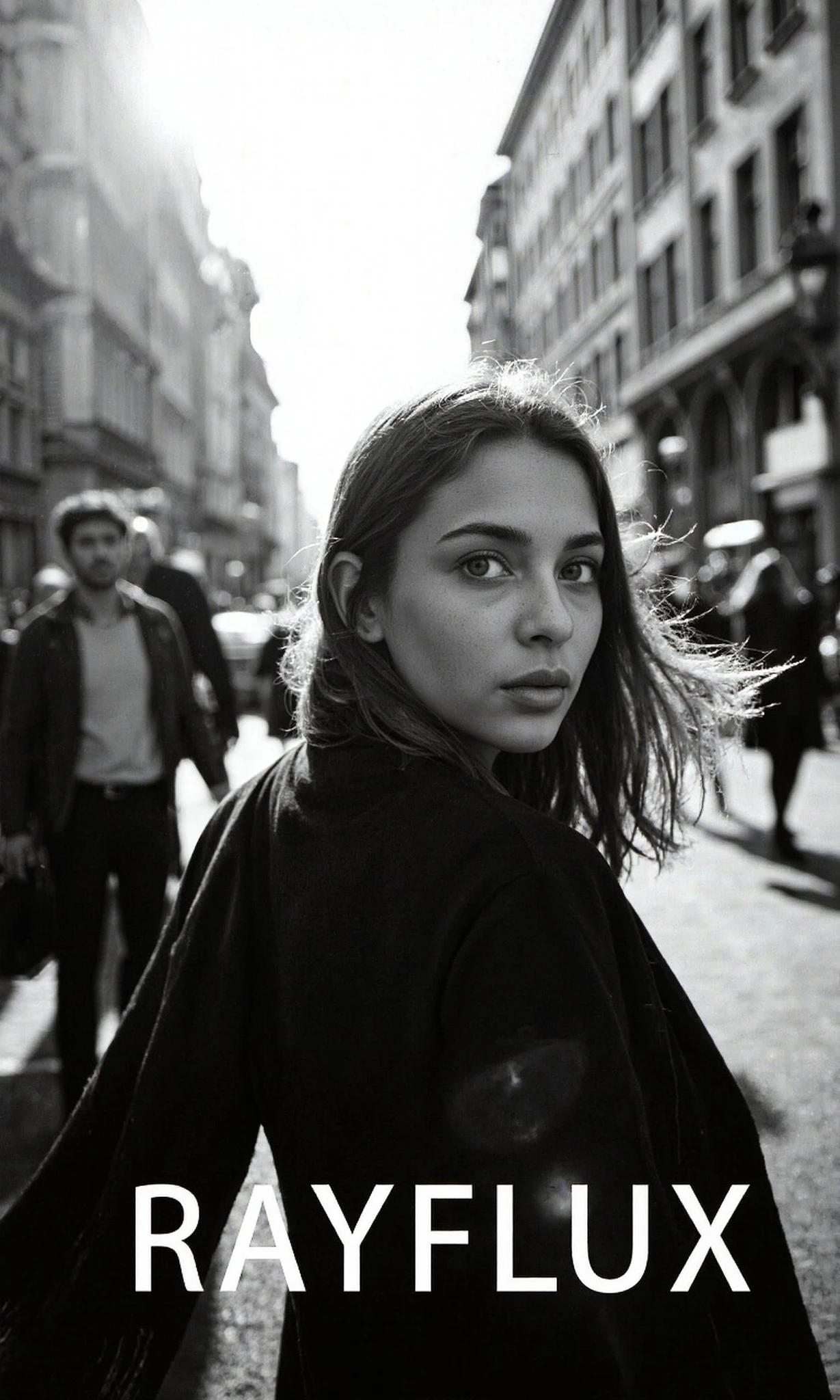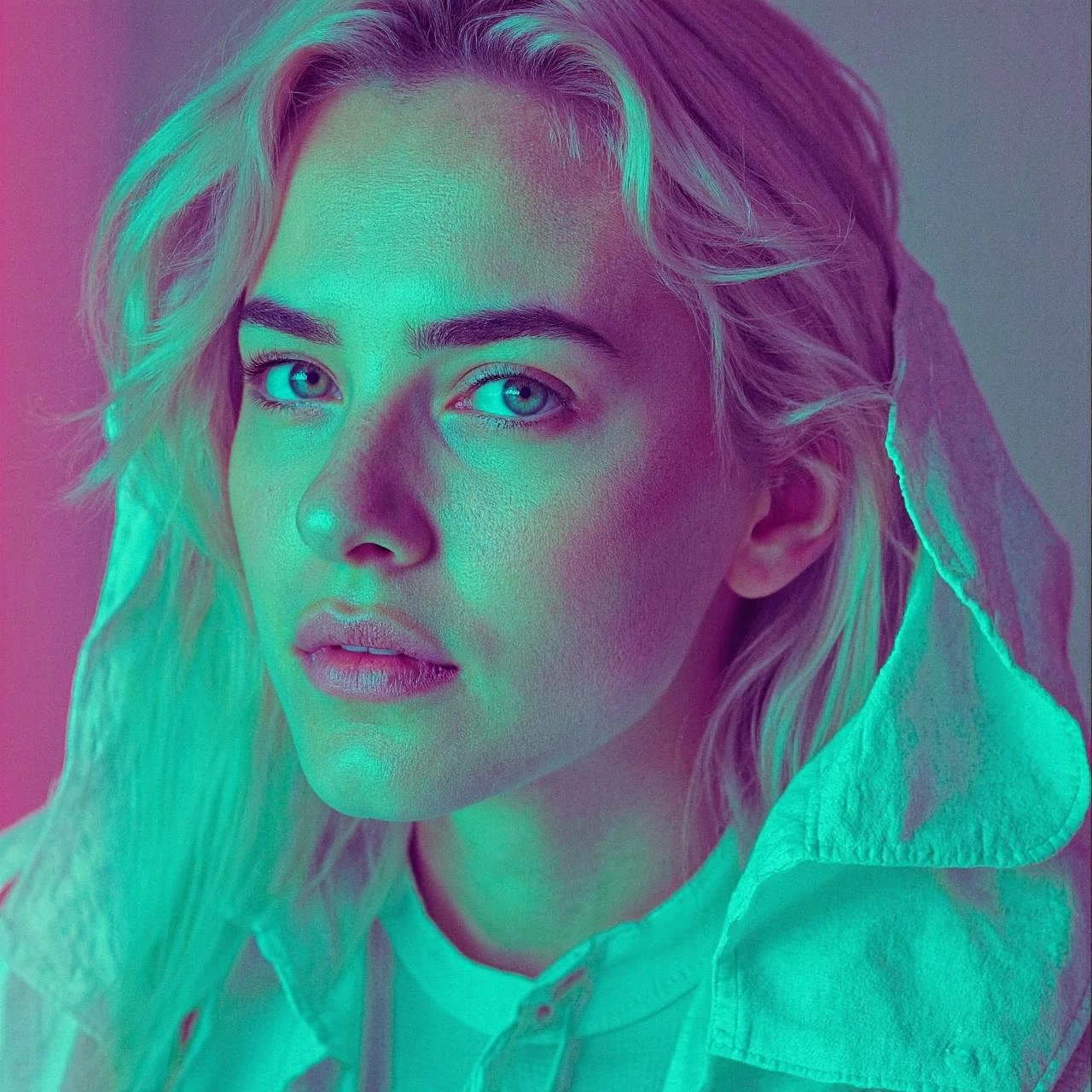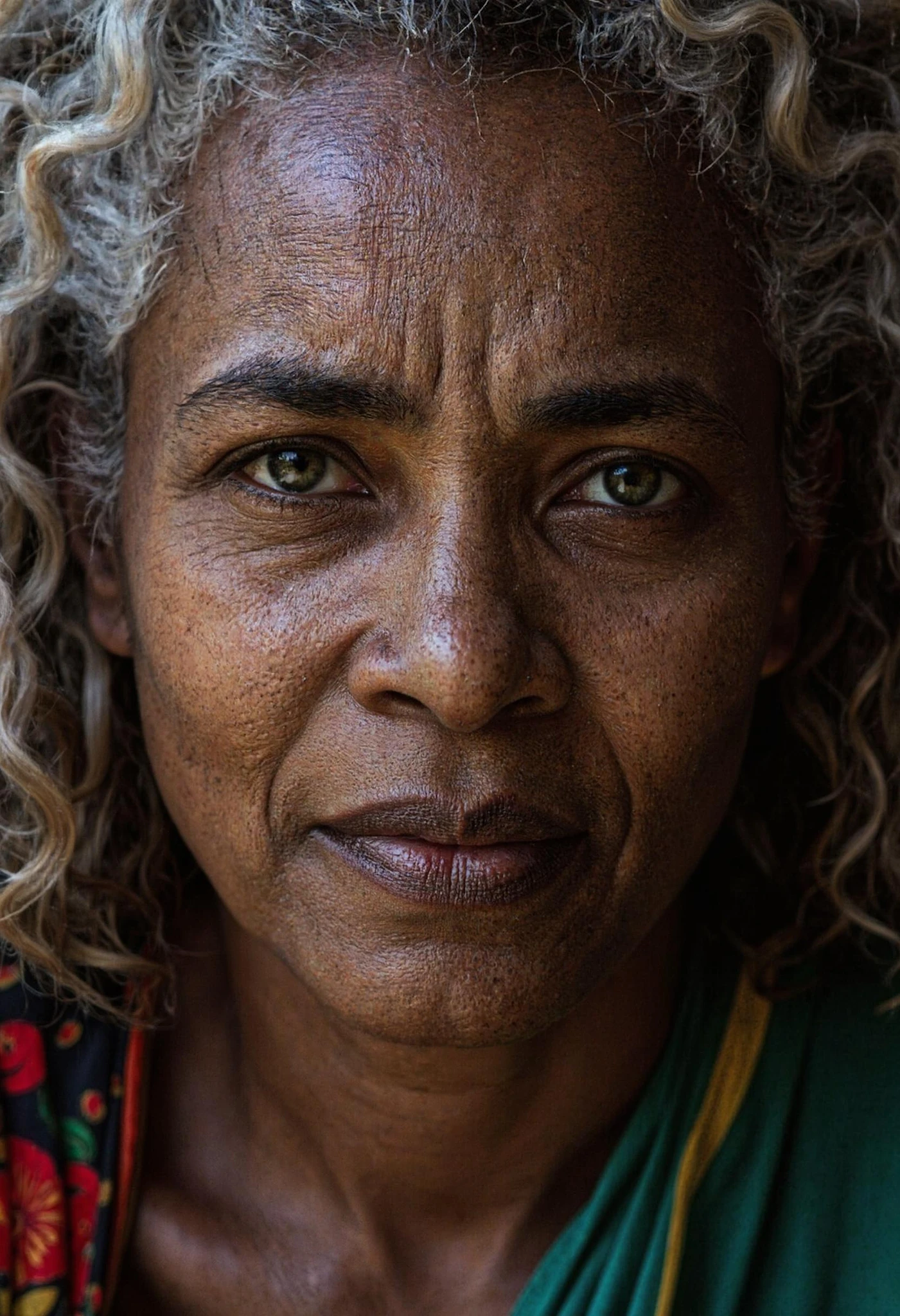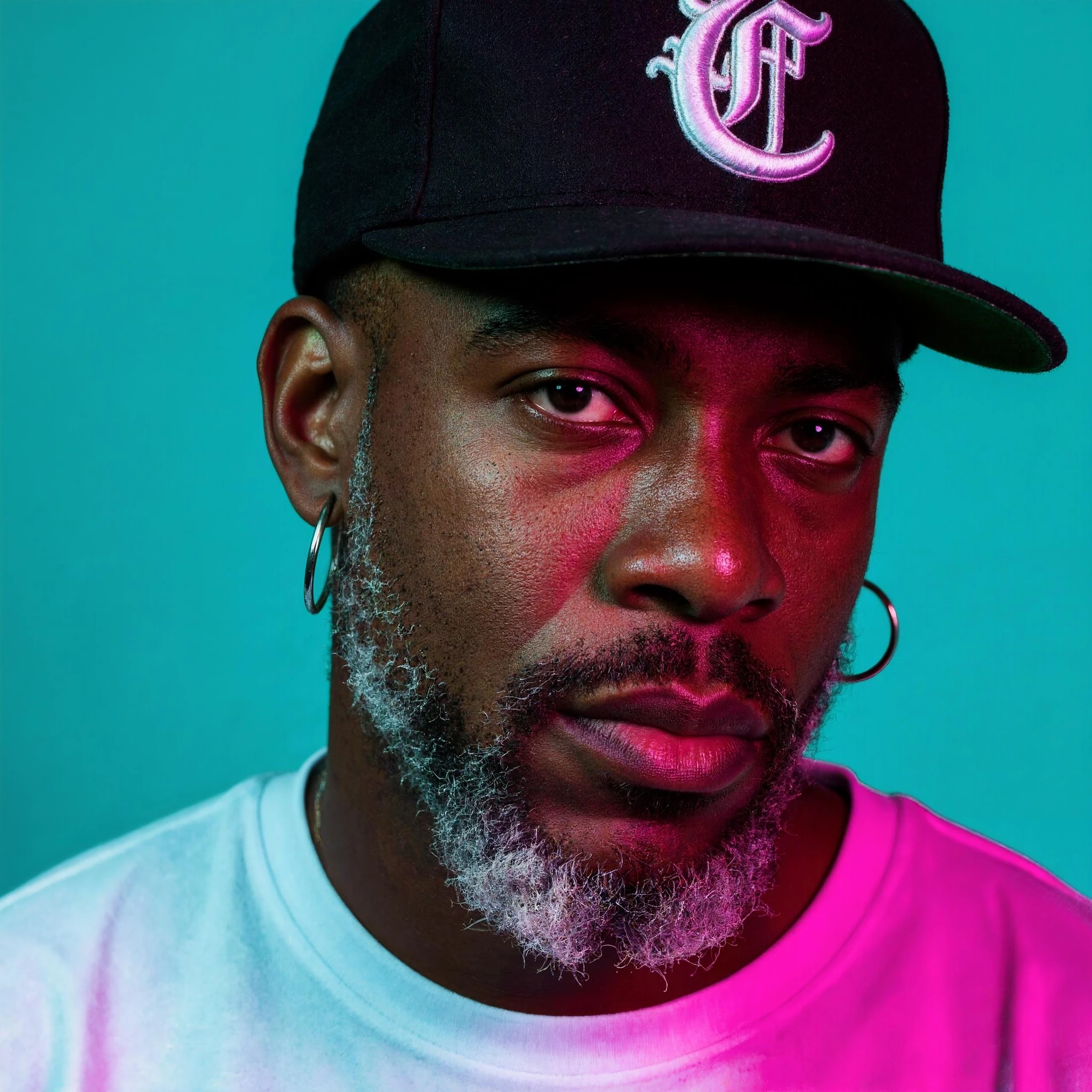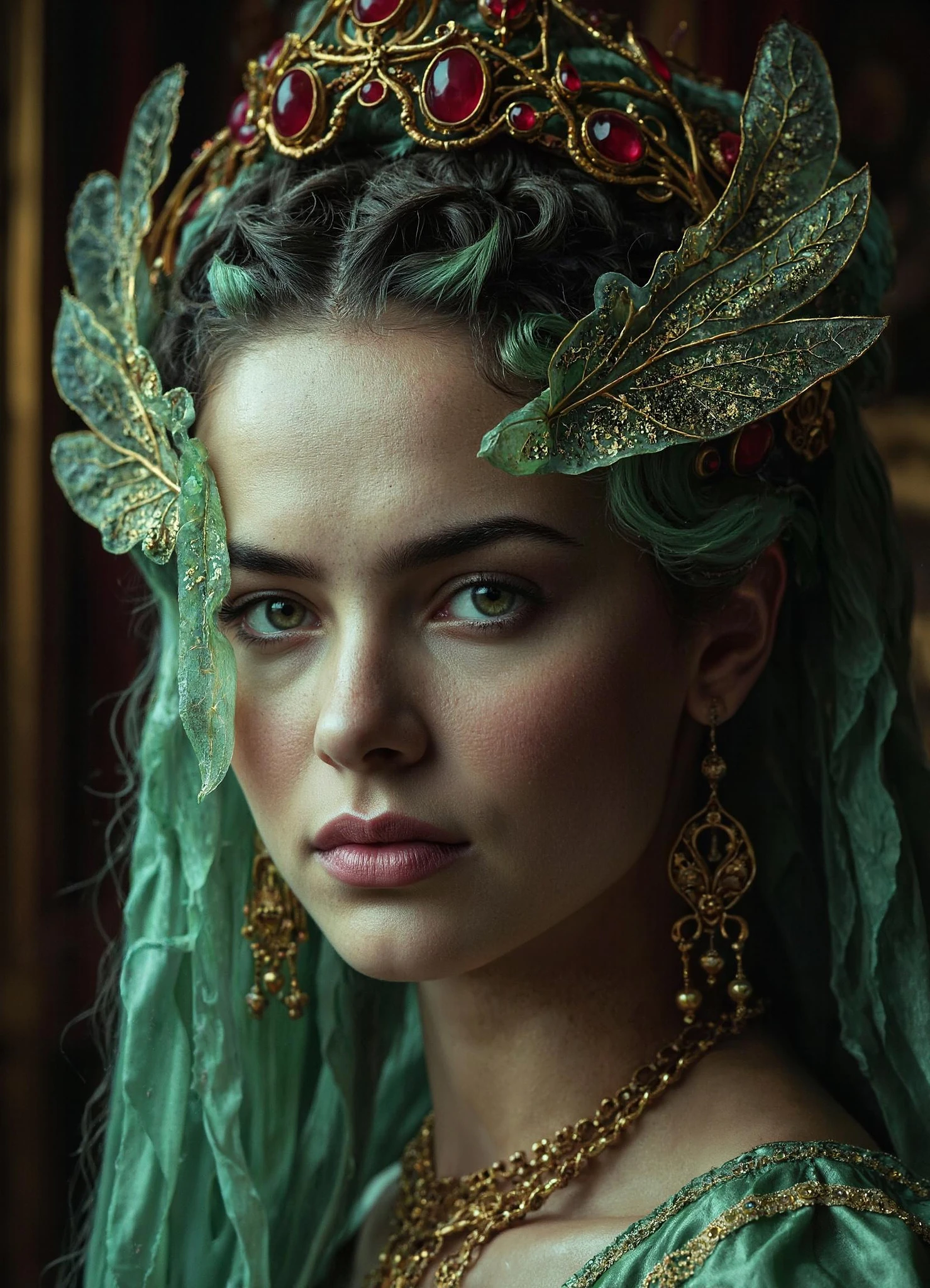RAYFLUX
v1.0 Q8_0+-+-+-+-+-+-+-+-+-+-+-+-+-+-+-+-+-+-+-+-+-+-+-+-+-+-+-+-+-+-+
Check out my SDXL Models:
Stylized model: RAYBURN
Realistic model: RAYMNANTS
Painterly model: RAYCTIFIER
+-+-+-+-+-+-+-+-+-+-+-+-+-+-+-+-+-+-+-+-+-+-+-+-+-+-+-+-+-+-+
Introducing RAYFLUX PHOTOPLUS
PHOTOPLUS is born from my attempt at finetuning flux chins out of RAYFLUX. Street photography, Botanical garden, Zoo, and a fair share of synthetic data generated with my SDXL model, RAYMNANTS.
Hope you'll enjoy,
R.
HOW IS IT DIFFERENT?
PHOTOPLUS is a spinoff from RAYFLUX made to look more like actual photos. There are less Flux chins (not fully gone though), some improvement in anatomy (no major changes in NSFW), altho hands are better except when part of the subject explicitly, It's also pretty decent at lens flares, godrays, and kinds of bokeh.
In general, the pictures might look less color corrected, with more natural lighting. That also means that compared to RAYFLUXv1.0 it does lead to less cinematic lighting, less pizzaz if you want. Faces and skin textures are generally improved, as well as interiors or macro-style objects in general.
TL;DR: if you want images that look more like real photos PHOTOPLUS is your best choice, if you want more exotic, cinematic images, you can still use RAYFLUXv1.0.
EXAMPLES
Close up of the cataract blind eyes of a very old and wrinkly icelandic woman, 90 years old, white hairs, white eyebrows, marked skin, weathered rugged skin.

A vast expanse of grassland, two-dimensional, sunrise, intricate play of light and shadows, serene moments captured.

-
1990s style analog flash photography.
A young woman with short blonde hair and a futuristic bodysuit, holding a glowing energy weapon. She is in a sleek, high-tech spaceship cockpit, with holographic displays and stars visible through the large window. The style is clean sci-fi with a focus on advanced technology.
It looks like it has been taken with a cheap disposable camera, with visible film grain and slight lens distortion.

SETTINGS
PHOTOPLUS is more fickle than RAYFLUXv1.0. I narrowed it down to 8 Samplers and 3 schedulers. Here's a few grids to illustrate those choices. I attached those grids to this post so you can zoom on them. 
 As you can see, some or sameish, some more different, some give you more noise but also more details, some are smoother. Depending on what you're trying to do, some might perform better than others, so don't hesitate to experiment a bit!
As you can see, some or sameish, some more different, some give you more noise but also more details, some are smoother. Depending on what you're trying to do, some might perform better than others, so don't hesitate to experiment a bit!
Like RAYFLUX, keep both max shift and base shift at 1.0 and Flux conditioning stays at 3.5
If you don't know which sampler/scheduler to use, just go for DPM2 Ancestral with Beta scheduler. As a reminder, RAYFLUXv1.0 used Heun/beta.
For steps, Photoplus needs a bit more love. 14-20 steps will work but leave you with some dithering patterns in the noise, but nothing that can't be fixed with an upscaler. 24-30 steps seems ideal with most samplers.
For the rest, keep it like the base RAYFLUX: load the model with the weight you want (I use fp8_e5m2, but e4m3fn or e4m3fn_fast work too) and my favorite encoders combo are the same: t5xxl_fp8_e4m3fn_scaled and ViT-L-14-TEXT-detail-improved-hiT-GmP-TE-only-HF.
I usually do a second pass with a SD upscale at 2 steps with denoise at 0.3. I switch the upscaling model depending on the style I'm looking for e.g. 1x_ITF_SkinDiffDetail_lite for grainy portraits (works great at x2 too!), 4xUltrasharp for generic illustration, 4x_Foolhardy_Remacri for softer, cleaner digital illustration style. The prompt you use on the SD upscale is very important with Flux in general, don't hesitate to abuse it to nudge the upscale in the direction you want (i.e. write grainy for more grain, soft for less grain, add details about your protagonist, etc.)
KNOWN ISSUES/QUIRKS
-
Due to the way conditioning work, Flux's inherent strengths and weaknesses and my limited dataset (99% of my pictures are from Western Europe), PHOTOPLUS will underperform at ethnicity or mixing influences.
For instance, prompting for a japanese woman will generally be okay, but blonde japanese woman will usually turn her into a caucasian woman. You will have the same issue with black skin, especially really dark skin tones. The same will also happen with old people when you start adding more details to the prompt.
You can check this video from Matteo Spinelli that actually explains how this all happens (particularly the segment around 17.30).
The fix will be usually crank up the weight (i.e. replace woman with black skin by woman with (black skin:2) for instance) or rephrase the prompt (i.e. use elderly instead of old, or use both)
I apologize for this lack of support for varied ethnicity etc., I'm aware of the biases of my data and will work on improving this in the future.
What is RAYFLUX?
RAYFLUX is a highly specialized Image generation AI Model of type Safetensors / Checkpoint AI Model created by AI community user VISITOR01. Derived from the powerful Stable Diffusion (Flux.1 D) model, RAYFLUX has undergone an extensive fine-tuning process, leveraging the power of a dataset consisting of images generated by other AI models or user-contributed data. This fine-tuning process ensures that RAYFLUX is capable of generating images that are highly relevant to the specific use-cases it was designed for, such as photorealistic, base model, stylized.
With a rating of 0 and over 0 ratings, RAYFLUX is a popular choice among users for generating high-quality images from text prompts.
Can I download RAYFLUX?
Yes! You can download the latest version of RAYFLUX from here.
How to use RAYFLUX?
To use RAYFLUX, download the model checkpoint file and set up an UI for running Stable Diffusion models (for example, AUTOMATIC1111). Then, provide the model with a detailed text prompt to generate an image. Experiment with different prompts and settings to achieve the desired results. If this sounds a bit complicated, check out our initial guide to Stable Diffusion – it might be of help. And if you really want to dive deep into AI image generation and understand how set up AUTOMATIC1111 to use Safetensors / Checkpoint AI Models like RAYFLUX, check out our crash course in AI image generation.
Popularity
Info
Version v1.0 Q8_0: 1 File
About this version: v1.0 Q8_0
This is a quantized version of RAYFLUX 1.0.
It's a custom mixed precision quantization that target Q8_0 on most networks but keeps high precision on specific higher precision tensors, i.e 1D tensors, tensors with ≤ 1024 parameters, or those matching blacklist patterns (e.g., time_embedding.) which are kept in F16.
This is fully supported in Comfy or A1111 and gives a better precision than a standard Q8 quant for a cost of less than 1GB more than the FP8 version. It should also perform a few percents faster than a full Q8 quant.
Use it like you would any other GGUF!
4 Versions
Go ahead and upload yours!
